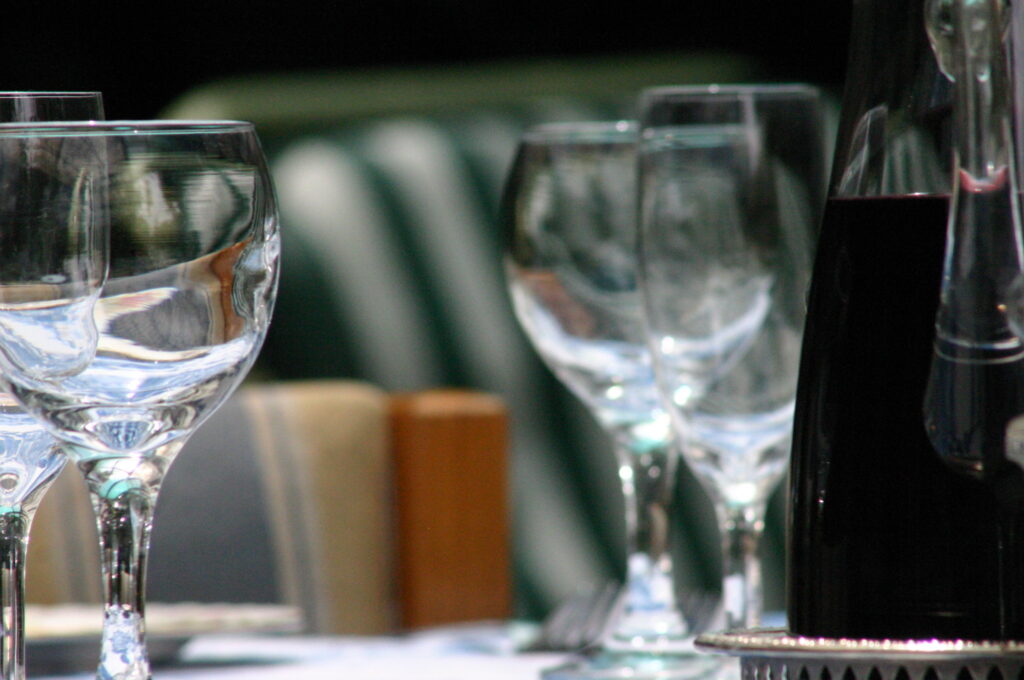
Glass has been used for thousands of years to make everything from windows to bottles to microscope slides. For all that time, most glass has been in the form of soda lime silicate glass, which is made by melting quartz sand with carbon-based ingredients – soda ash and limestone – at high melting temperatures of about 2600 degrees Fahrenheit.
The process results in substantial carbon emissions. Worldwide, glass manufacturing produces over 86 million tons of carbon dioxide per year. Most of that comes from burning fuel to reach the high temperatures needed to make the glass, but about a quarter of it comes from the decomposition of the carbon-based materials used.
Researchers at Penn State University have developed an entirely new type of glass that represents an alternative to soda lime glass. The glass – that they call LionGlass – eliminates the use of carbonate batch materials and has a melting temperature 700 degrees lower than traditional glass. The new material has the potential to cut the carbon footprint of glass manufacturing in half. It is also 10 times more crack-resistant than ordinary glass, which would enable light weighting of glass products, lowering the emissions associated with transporting glass and glass products.
Recently, Penn state has entered into a partnership with the Italian company Bormioli, one of the world’s leading glass manufacturers that specializes in high-end packaging for fragrances, cosmetics, and tableware. By focusing on a smaller, high-end market, the focus can be on fine-tuning the glass and determining the feasibility of scaling it up further for other uses.
**********
Web Links
Ecofriendly glass invented at Penn State secures partner for product development
Photo, posted December 26, 2005, courtesy of Lachlan Hardy via Flickr.
Earth Wise is a production of WAMC Northeast Public Radio
Leave a Reply